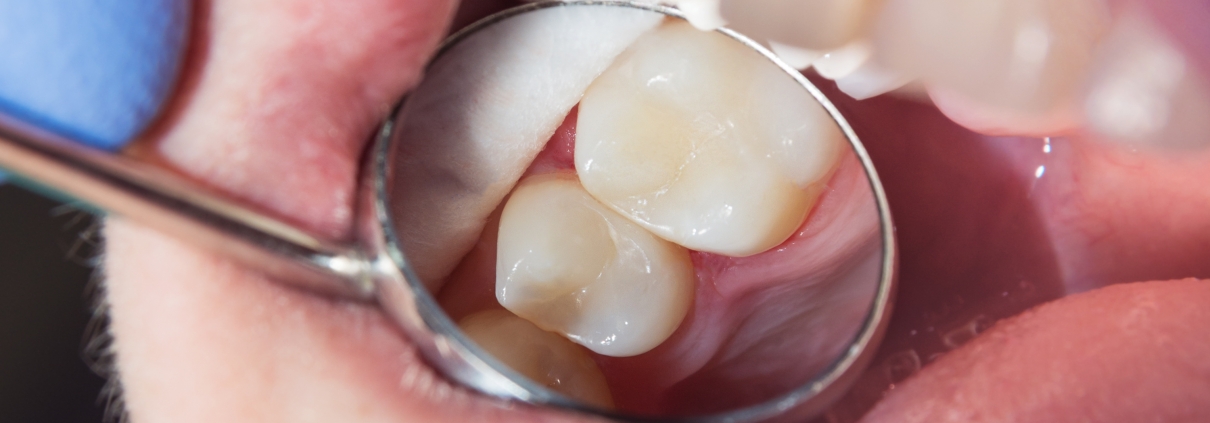Deciduous teeth are the first teeth to grow in a baby’s mouth. Although most babies do not erupt any teeth by six months of age, the process of teething in some of them begins very early, from the first two months.
Most babies get 20 temporary teeth by the age of 30 months, which are called baby teeth. Some babies have strong protrusions on their gums from birth, which they call anterior teeth. These bumps are natural and have nothing to worry about. Some babies actually erupt their teeth very early, and their first teeth erupt about two months or even earlier. Six weeks is a very young age for teething, but it does not cause any problems for the baby. Tooth eruption at this time also has its usual symptoms; Including saliva coming out of the baby’s mouth, itching and difficulty eating, hard, white bumps, and so on.
Baby tooth eruption at two months:
This is a very early time for teething but it is not impossible. Some babies even have teeth from birth! You heard right, babies can erupt teeth at any time or even be born with teeth! In some babies, the first tooth begins to erupt at three months of age and all of their teeth erupt by 11 months or one year of age.
In this case, you just have to pay attention to the baby’s teeth. They need these teeth by the age of six, and pacifiers and bottles are bad for their teeth. So be sure to brush their small teeth with a soft, clean cloth when you put them in your baby’s mouth.
Tooth eruption may have the following signs and symptoms:
Increased salivation
Fatigue or lack of sleep due to gum pain
Do not eat or refuse food due to gum pain
Occasional bumps and inflammation
Immerse hand and finger in mouth
Itching around the mouth occurs as a result of excessive salivation and skin sensitivity.
Rubbing the cheek or ear because of the pain the child feels inside the gums of the mill.
If you notice these symptoms in your baby, there may be other conditions besides teething:
High fever (especially above 101 degrees Fahrenheit)
Diarrhea, runny nose and cough
Prolonged inflammation
The middle teeth are the first teeth to fall out (between the ages of 6 and 7), followed by the lateral middle teeth (between the ages of 7 and 8). Then it is the turn of the mill teeth. The timing of loosening of these teeth varies from child to child but usually occurs between the ages of 9 and 12. The lower canines between the ages of 9 and 12 and the upper canines between the ages of 10 and 12 begin to loosen and fall out.
Usually, by the age of 13, all the main teeth have erupted and all 28 main teeth of the child are completed (although 4 wisdom teeth appear between the ages of 17 and 21). Talk to your child’s doctor if you are worried or have problems with your baby’s teeth.
Tell your dentist or pediatrician if your baby is 18 months old and has not had any teeth yet (babies born early usually erupt a few months later than other babies). Also, if your child has all the symptoms of teething (including salivation, swollen gums, etc.) but is experiencing a lot of pain symptoms (such as prolonged crying), call your doctor because teething should not be done until The limit should be difficult for the child.










